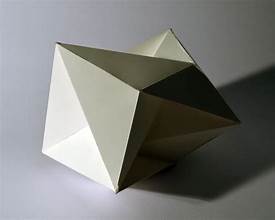The Building Blocks of Visual Communication
Understanding the elements of design is crucial for creating effective and impactful visuals. These fundamental components are the foundation of any design, whether it’s a logo, a website, or a piece of art.
Here’s a breakdown of the 7 key elements:
-
- Line:
- Creates shapes, defines edges, and suggests direction.
- Can be horizontal, vertical, diagonal, curved, or zigzag.
- Conveys different moods: horizontal lines can be stable, vertical lines can be strong, and diagonal lines can be dynamic.
- Line:
-
- Shape:
- Two-dimensional forms with defined boundaries.
- Can be geometric (circles, squares, triangles) or organic (free-flowing shapes).
- Used to create structure, define space, and attract attention.
- Shape:
-
- Form:
- Three-dimensional shapes with depth and volume.
- Often created through the use of shading and perspective.
- Adds realism and depth to a design.
- Form:
-
- Space:
- The area around and between the elements in a design.
- Creates visual hierarchy and balance.
- Can be positive (filled) or negative (empty).
- Space:
-
- Texture:
- The surface quality of an element, whether real or implied.
- Can be smooth, rough, soft, or hard.
- Adds depth, interest, and tactile sensation to a design.
- Texture:
-
- Color:
- Evokes emotions, creates mood, and attracts attention.
- Has three properties: hue (the actual color), saturation (intensity), and value (lightness or darkness).
- Can be used to create contrast, harmony, and emphasis.
- Color:
-
- Value:
- The lightness or darkness of a color.
- Creates contrast, depth, and dimension in a design.
- Often used to create highlights and shadows.
- Value:



